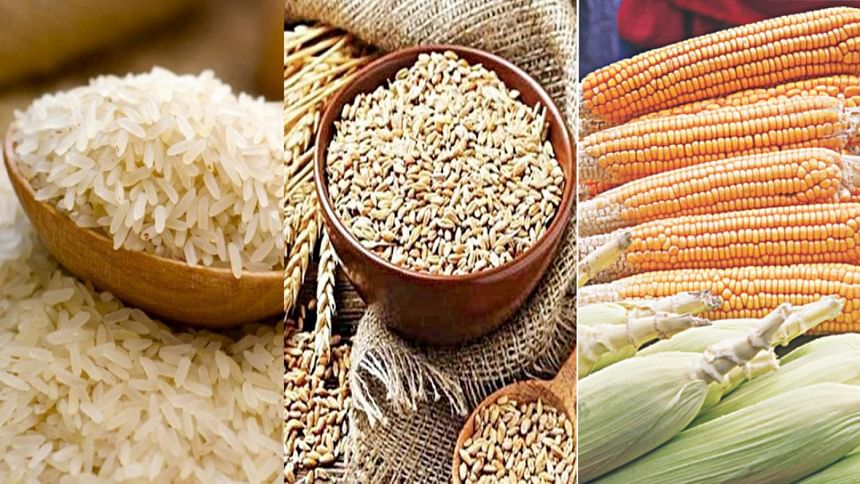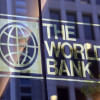'Global cereal prices stable for two weeks'

The agricultural and cereal price indices remained stable over the past two weeks and are currently one percentage higher compared to two weeks ago, said the Food Security Update of the World Bank.
Cereal prices were relatively stable, while wheat prices increased by 3 per cent and maize prices by 4 per cent, while rice prices, which have remained relatively stable, fell by 0.2 per cent.
Average wheat, maize, and rice prices in October 2022 are, however, 18 per cent, 27 per cent, and 10 per cent higher than in October 2021, respectively.
Meanwhile, wheat and maize prices are 38 per cent and 4 per cent higher, respectively, and rice prices are 21 per cent lower than in January 2021.
"The war in Ukraine has altered global patterns of trade, production, and consumption of commodities in ways that will keep prices at high levels through the end of 2024 exacerbating food insecurity and inflation," said the WB.
High food prices have triggered a global crisis that is driving millions more into extreme poverty, magnifying hunger and malnutrition.
The number of people who are experiencing acute food insecurity and will need urgent assistance is likely to climb to 222 million people in 53 countries and territories, said a report of the World Food Programme and the Food and Agriculture Organisation of the United Nations.
According to a paper of the International Monetary Fund, $5 billion to $7 billion in further spending is needed to assist vulnerable households in 48 countries most affected by the higher food and fertiliser import prices. An additional $50 billion is required to end acute food insecurity over the next 12 months.
The global food crisis has been partially made worse by the growing number of food trade restrictions put in place by countries with the goal of increasing domestic supply and reducing prices.
Following the start of the war in Ukraine, trade-related policies imposed by countries have surged. As of October 10, some 21 countries have implemented 26 food export bans, and eight have implemented 12 export-limiting measures, said the WB.
After some brief relief in the summer of 2022, fertilizer prices are beginning to rise again. In addition to increasing energy prices, policy measures such as export restrictions have limited global fertiliser availability.

 For all latest news, follow The Daily Star's Google News channel.
For all latest news, follow The Daily Star's Google News channel. 







Comments